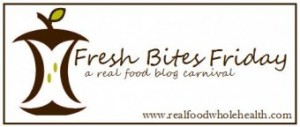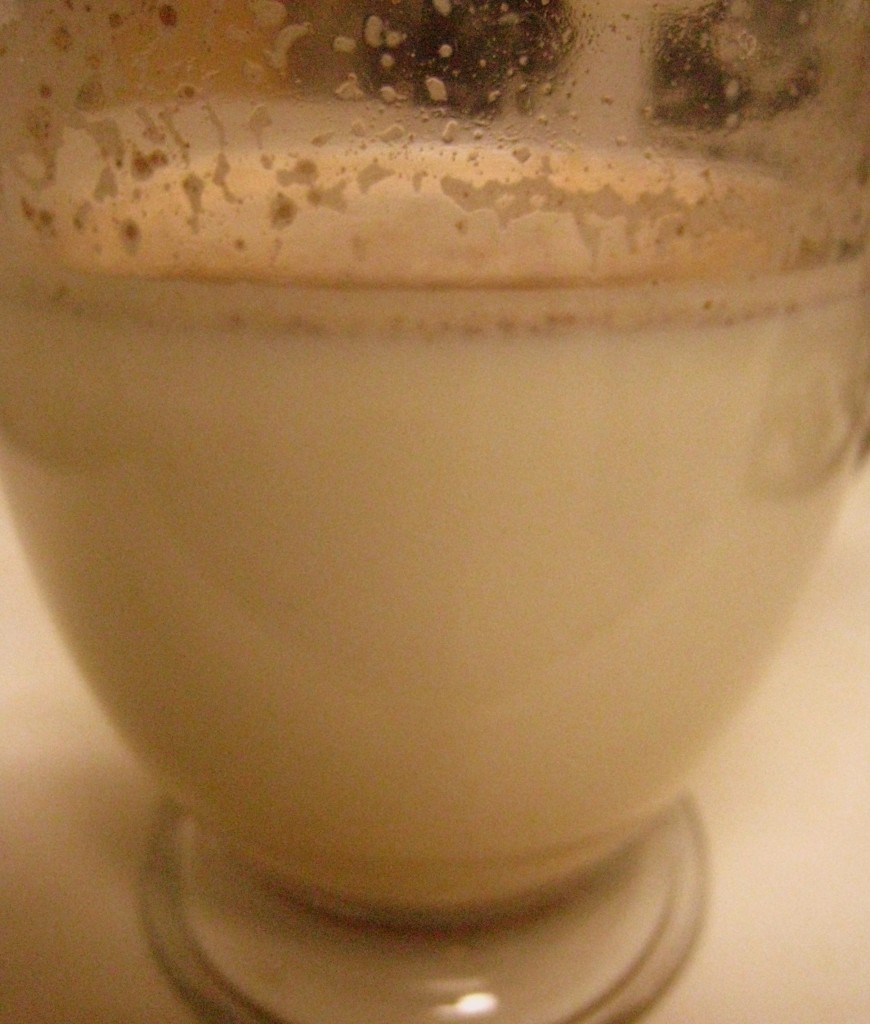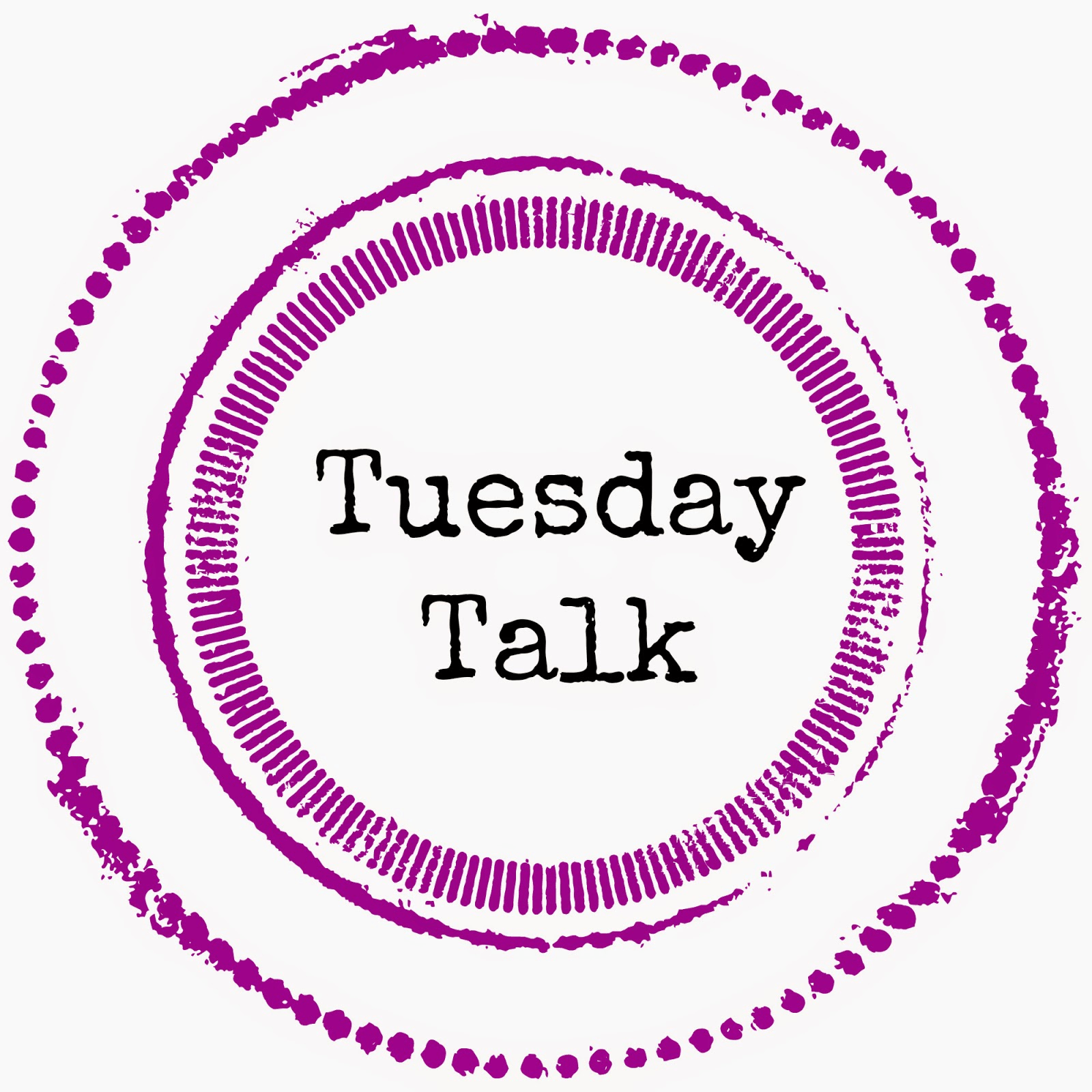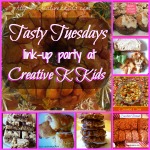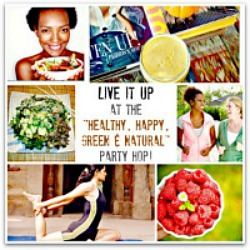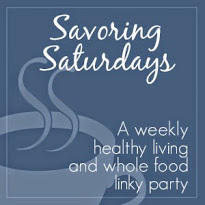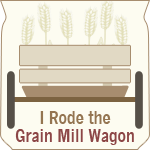
Several years ago, a friend gave me a copy of “The Maker’s Diet![]() ” to read. After reading it, I felt a strong desire to throw everything out of my cupboards, go to the grocery store - the organic health foods grocery store - and start all over again. Wiser minds (not to mention tight grocery budgets) prevailed, and instead I began to change my diet and my kitchen habits with incremental steps.
” to read. After reading it, I felt a strong desire to throw everything out of my cupboards, go to the grocery store - the organic health foods grocery store - and start all over again. Wiser minds (not to mention tight grocery budgets) prevailed, and instead I began to change my diet and my kitchen habits with incremental steps.
It would have been a shock to our system and our budget to completely overhaul our grocery shopping and eating habits. Taking a slower, more gradual approach has really helped me take the time to evaluate what is really important to me when it comes to healthy eating. That helps me to prioritize the grocery budget monies, and has also allowed time for the grocery budget to absorb the changes.
The grocery budget has essentially remained the same since that time, in fact money is tighter now than it was then! But with this gradual approach, I’ve been able to slowly work in healthy switches without affecting the overall spending. In the past few years, I’ve made the following switches:
- to less refined sugars, like raw sugar and raw honey
- to coconut and olive oil
- to sea salt
- to a blend of whole wheat and white flours
- using eggs less often in baking, either by finding recipes without eggs, or using healthy egg substitutes (such as flax gel, made with flax seed and water)
- using the good eggs mostly when we eat them straight, as in scrambled, in an omelet, in egg salad, deviled eggs and the like. That way we get the most bang for our buck - i.e., the most nutrition!
- consider purchasing lesser eggs, like Eggland’s Best, for baking purposes.
